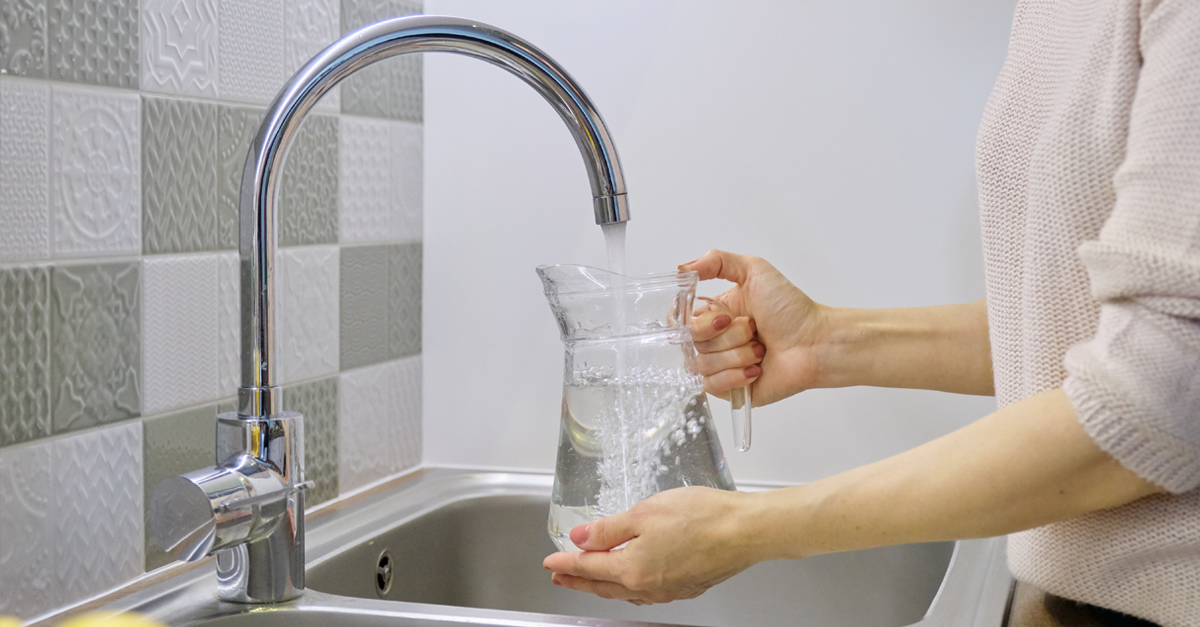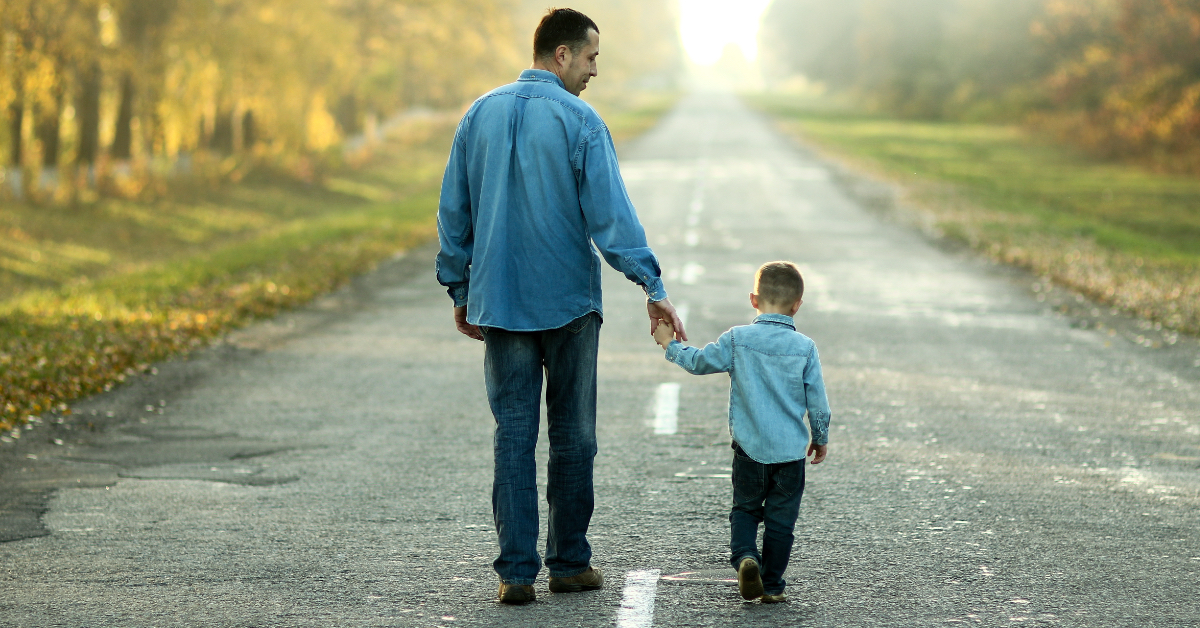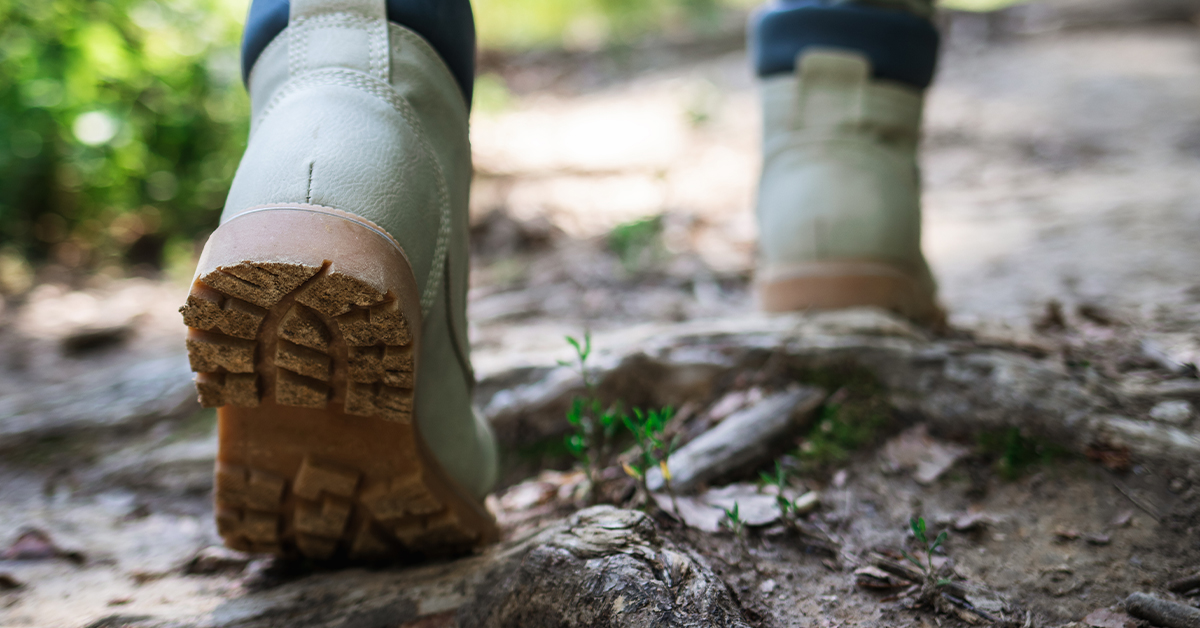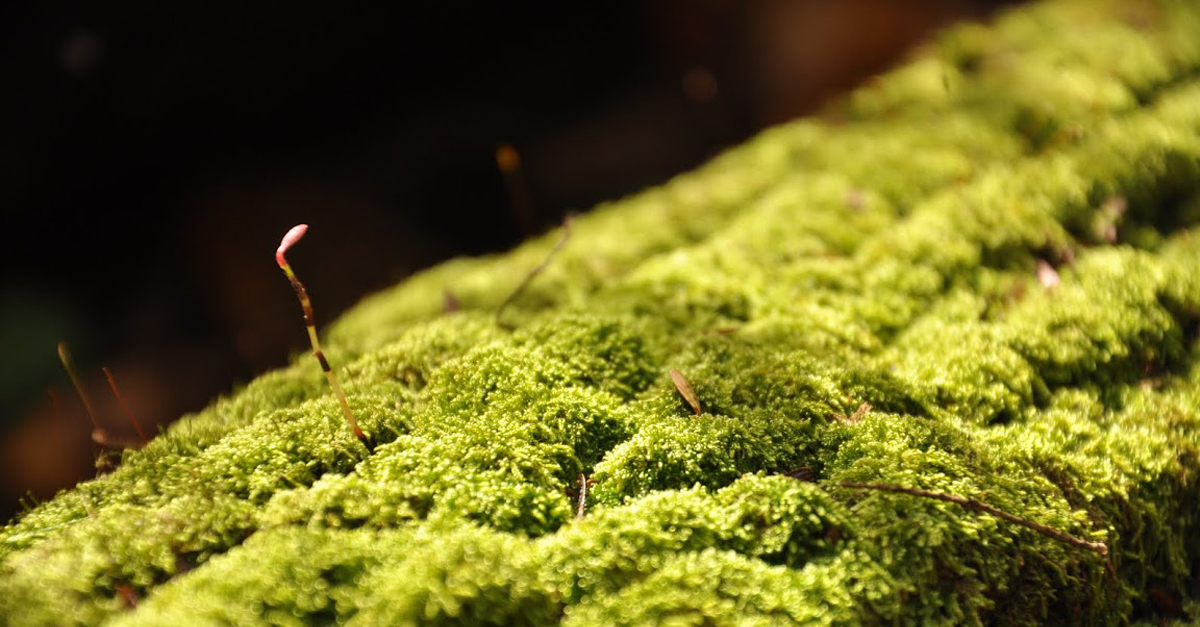
Do you ever wonder where the rain goes once it rolls off of you roof? As our knowledge of our natural systems increases, the interconnectivity of our natural resources becomes more apparent which reveals the importance of this interconnectivity.
Water is one of the building blocks of life. We need drinking water to stay alive and we need enough drinking water to prevent dehydration. We also need water for sanitation purposes in order to keep us and our environment clean. According to a publication from Penn State University entitled Water Conversation for Communities, “a mere one-half of one percent of all the water on earth is fresh water that is accessible to humans for water needs.”
The average American uses 140-170 gallons of water per day. That adds up to over 110 million gallons in the United States alone! While many people in Third World countries often have to walk for miles on end to get their water from wells, we as Americans can simply turn on the faucet and this can lead us to mistakenly believe that their is an endless supply of water just waiting for us to use or even waste. Speaking of waste, a leaky faucet can waste 100 gallons a day and an average of 8% of all home water use is wasted through leaks.
Water is a precious commodity that is needed for life. Anyone who has ever lived through dry seasons or drought understand the impact of water, or the lack thereof, on sustainable communities.
Ask the question with your kids, where does your water come from when you turn on the faucet and where does it go when it goes down your drain, drop off your roof or wash off your driveway?
Look for ways you can make your home and yard a better conservation area for water. Teach your kids that it matters where things like water come from and where they go after you are done with them and that every step along the way matters too.
“It is also vandalism wantonly to destroy or to permit the destruction of what is beautiful in nature, whether it be a cliff, a forest, or a species of mammal or bird. Here in the United States we turn our rivers and streams into sewers and dumping-grounds, we pollute the air, we destroy forests, and exterminate fishes, birds and mammals — not to speak of vulgarizing charming landscapes with hideous advertisements. But at last it looks as if our people were awakening.” – Theodore Roosevelt, a founding father of the conservation movement.
Part three of a four part series on nature.
Part 1 – The Tonic of Wildness
Part 2 – The Hunt for Wild Asparagus
Part 3 – Water, Water, Everywhere
Part 4 – The Call of the Wild: Teaching Kids to Love Nature




Leave a Reply